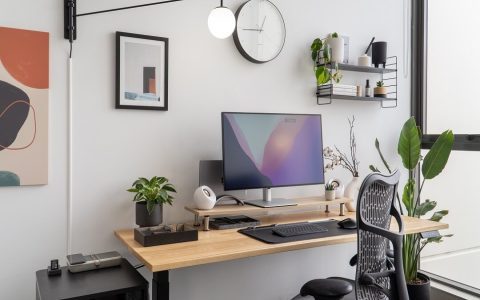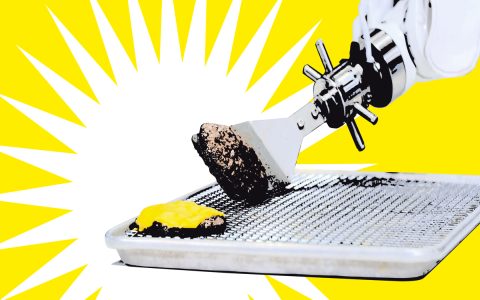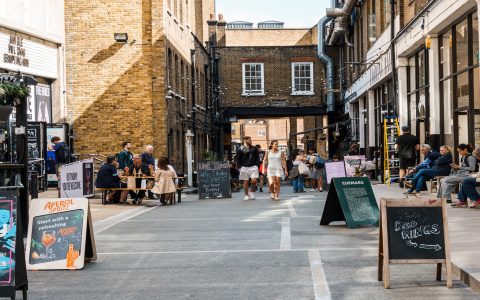20th-century fancy offices represent a fascinating blend of design aesthetics shaped by technological advancements, economic conditions, and evolving workplace philosophies.
Key Characteristics:
- Art Deco Influence: Geometric patterns, luxurious materials like marble and chrome, and a sense of opulence were common, particularly in the early part of the century.
- Mid-Century Modern: Clean lines, open floor plans, and the integration of natural light became popular. Furniture was often sleek and functional.
- Technological Integration: Offices began to incorporate new technologies like typewriters, telephones, and eventually, early computers. This influenced layout and workflow.
- Emphasis on Hierarchy: Larger, more elaborate offices were typically reserved for executives, reflecting a clear organizational structure.
- Use of Color and Materials: Color palettes varied depending on the era, from the bold colors of Art Deco to the more muted tones of Mid-Century Modern. Materials ranged from rich woods and leather to more modern plastics and metals.
Examples of Fancy Office Features:
- Private executive suites with dedicated secretaries.
- Boardrooms with ornate detailing and custom-made furniture.
- Reception areas designed to impress visitors.
- Specialized spaces for different departments (e.g., drafting rooms, filing rooms).
The definition of a "fancy" office has evolved over time. While 20th-century fancy offices often focused on displays of wealth and status, contemporary designs tend to prioritize employee well-being, collaboration, and sustainability. However, the legacy of these earlier designs can still be seen in modern office spaces.







